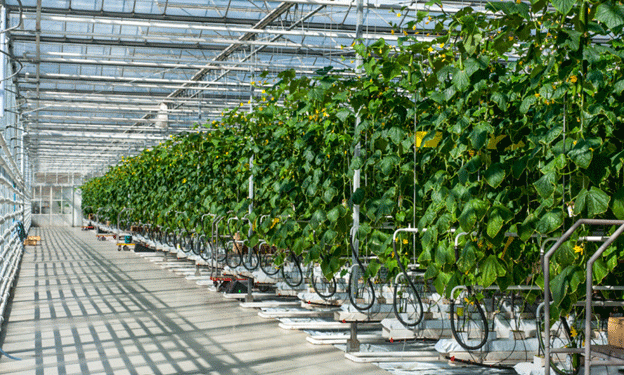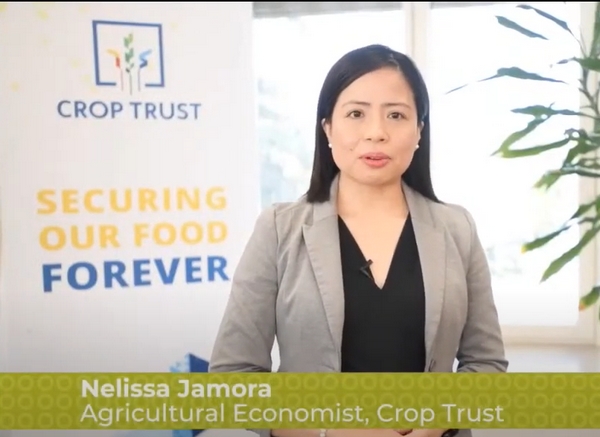In light of the recent multistate salmonella outbreak linked to field-grown cucumbers, the Ontario Greenhouse Vegetable Growers association has issued a statement to address public concerns and clarify the safety of long English cucumbers grown in Canadian greenhouses. Understanding these differences is crucial for both consumers and industry professionals to navigate the current food safety landscape effectively.
Understanding the Outbreak
Current Situation: The Food and Drug Administration (FDA) and the Centers for Disease Control and Prevention (CDC) have identified two strains of salmonella in cucumbers distributed by Fresh Start Produce Sales in Delray, Florida. This recall affects whole-field cucumbers sold across several states due to potential contamination (FDA, 2024).
Recent Developments: The outbreak has led to confusion among consumers about the safety of cucumbers, with some mistakenly believing that all cucumbers, including those from Canada, might be affected (CDC, 2024). However, the Ontario Greenhouse Vegetable Growers association has clarified that their long English cucumbers are not part of this recall and are safe for consumption (Ontario Greenhouse Vegetable Growers, 2024).
Differences Between Greenhouse-Grown and Field-Grown Cucumbers
Greenhouse Cucumbers: Richard Lee, Executive Director of the Ontario Greenhouse Vegetable Growers association, has emphasized that there are clear distinctions between greenhouse-grown long English cucumbers and field-grown cucumbers. Key differences include:
- Shape and Size: Greenhouse cucumbers, particularly the long English varieties, are noticeably longer and more slender compared to field-grown cucumbers. Long English cucumbers can reach lengths of up to 12-14 inches, while field-grown cucumbers are generally shorter and wider (University of Guelph, 2023).
- Flavor and Texture: Long English cucumbers have a mild, sweet flavor and contain very few seeds, making them ideal for fresh consumption in salads and sandwiches. In contrast, field-grown cucumbers are typically more bitter and have a thicker skin (Horticultural Research Institute, 2023).
- Cultivation Method: Greenhouse cucumbers are grown in controlled environments, which reduces the risk of contamination from pathogens compared to the open fields where field-grown cucumbers are exposed to environmental factors (Canadian Greenhouse Growers Association, 2023).
The Safety of Greenhouse Cucumbers
Food Safety Measures: Greenhouse cucumbers are grown in sterile environments that minimize the risk of contamination. Canadian greenhouse operations follow rigorous food safety protocols, including regular inspections and adherence to strict hygiene standards (Food Safety Canada, 2024). Additionally, greenhouse cucumbers are shielded from many environmental contaminants that can affect field-grown produce.
Recent Data: Studies show that greenhouse environments significantly reduce the risk of foodborne illnesses. For instance, research from the University of British Columbia highlights that greenhouse production systems are highly effective in maintaining food safety due to controlled conditions and comprehensive pathogen management practices (UBC Faculty of Land and Food Systems, 2023).
In the wake of the salmonella outbreak affecting field-grown cucumbers, it is important for consumers and industry professionals to understand that Ontario’s long English cucumbers from greenhouses are safe to eat. The differences between greenhouse and field-grown cucumbers in terms of size, flavor, and cultivation methods are significant and help assure the public of the safety of greenhouse-grown produce. Canadian greenhouse operations adhere to high food safety standards, making their cucumbers a reliable choice during this recall period.
As the situation develops, maintaining clear communication about these differences will be essential for consumers to make informed decisions and for industry stakeholders to uphold the integrity of greenhouse-grown produce.










